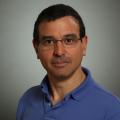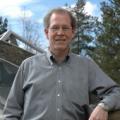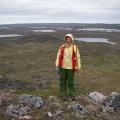Harold L. Gibson
Professor of Economic GeologyProf. Gibson joined Laurentian University in 1990, after a successful 12-year career in the mining exploration industry. He and his students have undertaken research projects across Canada, globally, and the modern seafloor.












































